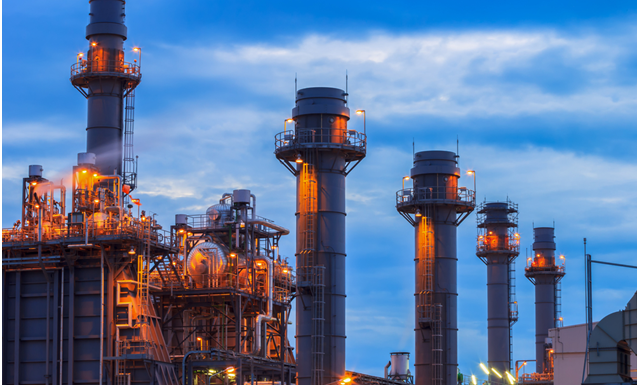
Statistics from International Energy Agency (IEA) report that more than 25000 TWh of energy is produced every year out of which almost 30% of the total energy generated is wasted – mostly as low-grade heat in the form of gas, vapour or biomass. The wasted energy is also responsible for the generation of 19% of the total carbon dioxide in the atmosphere leading to high level of pollution.

Moreover, as the average expense for the production of 1MWh energy costs around 25 thousand dollars, the wastage of energy causes substantial losses in revenue. These huge losses force power plant managers to look for solutions that can utilise the wasted energy and control access to pollution.
Now, the big question is how one can utilise this wasted heat energy for financial benefits and controlling environmental pollution?
The foremost solution to these problems is the adsorption chiller. Adsorption Chillers provide energy efficient alternative to the conventional air conditioning and refrigeration systems. The power utilised in these chillers comes from the low-grade heat generated during the industrial processes.
Adsorption chillers are used in various industries for providing efficient cooling and reducing the amount of CFC produced by ordinary air coolers.
Adsorption Chillers in Various Industries
-
Power Plants
The production of low-grade heat in power plants is in abundance. Manufacturers can utilise this wasted heat efficiently for air-conditioning or process cooling. Various equipment can provide different sources for adsorption chillers like the blowdown energy can be used as an energy source, the exhaust heat can be used to generate hot water for adsorption chillers. Moreover, as the chillers are based on advanced green technology, they also help in controlling pollution.
-
Food and Beverages
The food and beverage industry is one of the highest energy utilising sector. Waste energy from their oven exhaust, boiler exhaust Screw Air Compressors waste heat, and gas engine jacket water can be used as a heat source for the adsorption chillers. The chillers also reduce the CO2 concentration in the atmosphere reducing the spoilage of food products.
-
Chemical Industries
Equipment in a chemical plant such as condensate drums, boiler exhausts, boiler blowdown, product coolers, PRDS cooling, reflux condensers process furnaces, Screw Air Compressors waste heat, and after coolers, all produce waste heat that can be utilised in adsorption chillers to provide chilled water. Condensate recovery is another option for using wasted heat. The evaporated heat is also available through various distillation, chemical, and refinery equipment.
- Automobile Manufacturing Plant
The waste heat in automobile manufacturing is typically low grade which is emitted from incinerator exhaust, paint shop exhaust, CHP waste heat, Screw Air Compressors waste heat and boiler exhaust. Moreover, the energy consumption of vapour compression air conditioning in the automotive industry is almost 20% of the total energy. The wasted energy can be effectively used to generate efficient cooling thus reducing the expenditure of the manufacturing plant. The adsorption chillers are also helpful as they do not emit CFC, making the surrounding environment-friendly.
- Pulp and Paper
Boiler exhausts in pulp and paper industry have a temperature over 150oC. Hence, wasted heat energy is in abundance. In many factories, the incinerator waste heat is also generated at 200oC in the form of exhaust. Also, Screw Air Compressors waste can be utilised to generate chilled water for cooling. This exhaust wasted heat can be converted into hot water that can be useful for adsorption chillers. The chillers can reduce the number of expenses spent on energy use.
In conclusion, by harnessing the wasted heat for energy-efficient cooling, manufacturers can cut their energy expenses significantly. Moreover, the green technology used in adsorption chillers also helps manufacturers in controlling pollution generated in their factories and plants.
